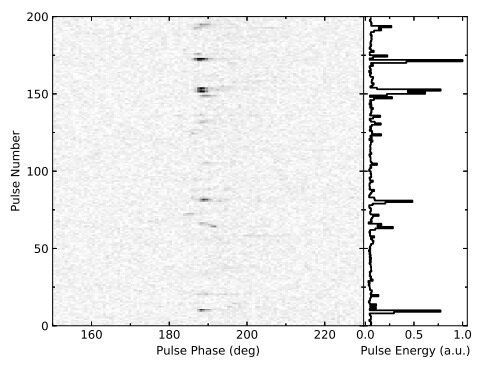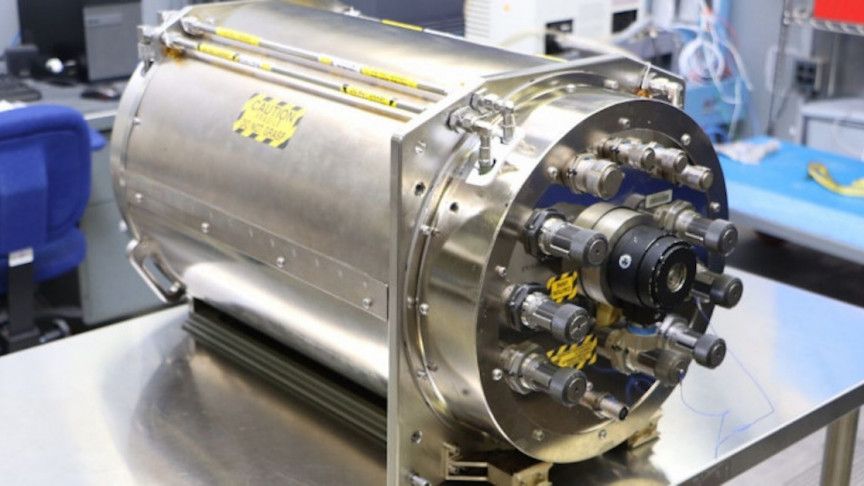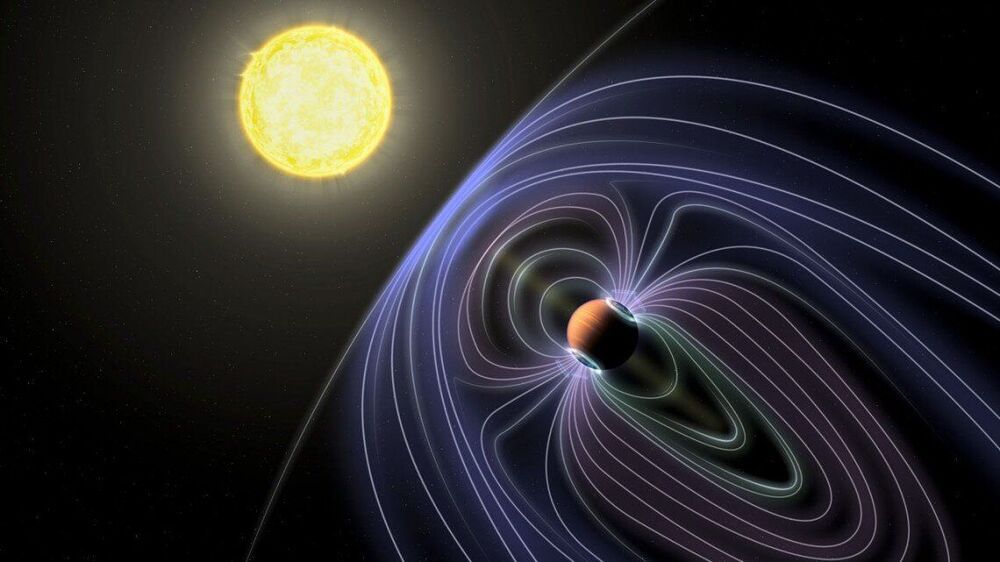Dec 16, 2020
LiquidPiston’s “inside-out” rotary X-Engine wins Army research contract
Posted by Quinn Sena in categories: military, robotics/AI
Connecticut-based company LiquidPiston is developing a portable generator for the US Army that uses its X-Engine, a fresh and extremely powerful take on the rotary engine that’ll deliver as much power as the Army’s current-gen-set at one-fifth the size.
We’ve written a few times before about the fascinating LiquidPiston rotary engine. It’s not a Wankel – indeed, it’s closer to an inside-out Wankel – and with only two moving parts, it’s able to deliver extraordinary power density at up to 1.5 horsepower per pound (0.45 kg).
Continue reading “LiquidPiston’s ‘inside-out’ rotary X-Engine wins Army research contract” »


















